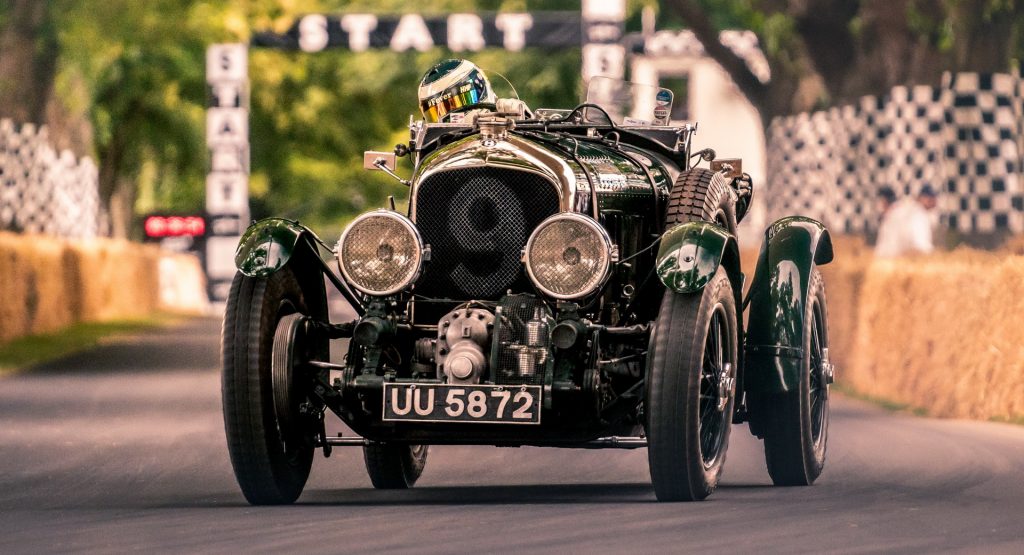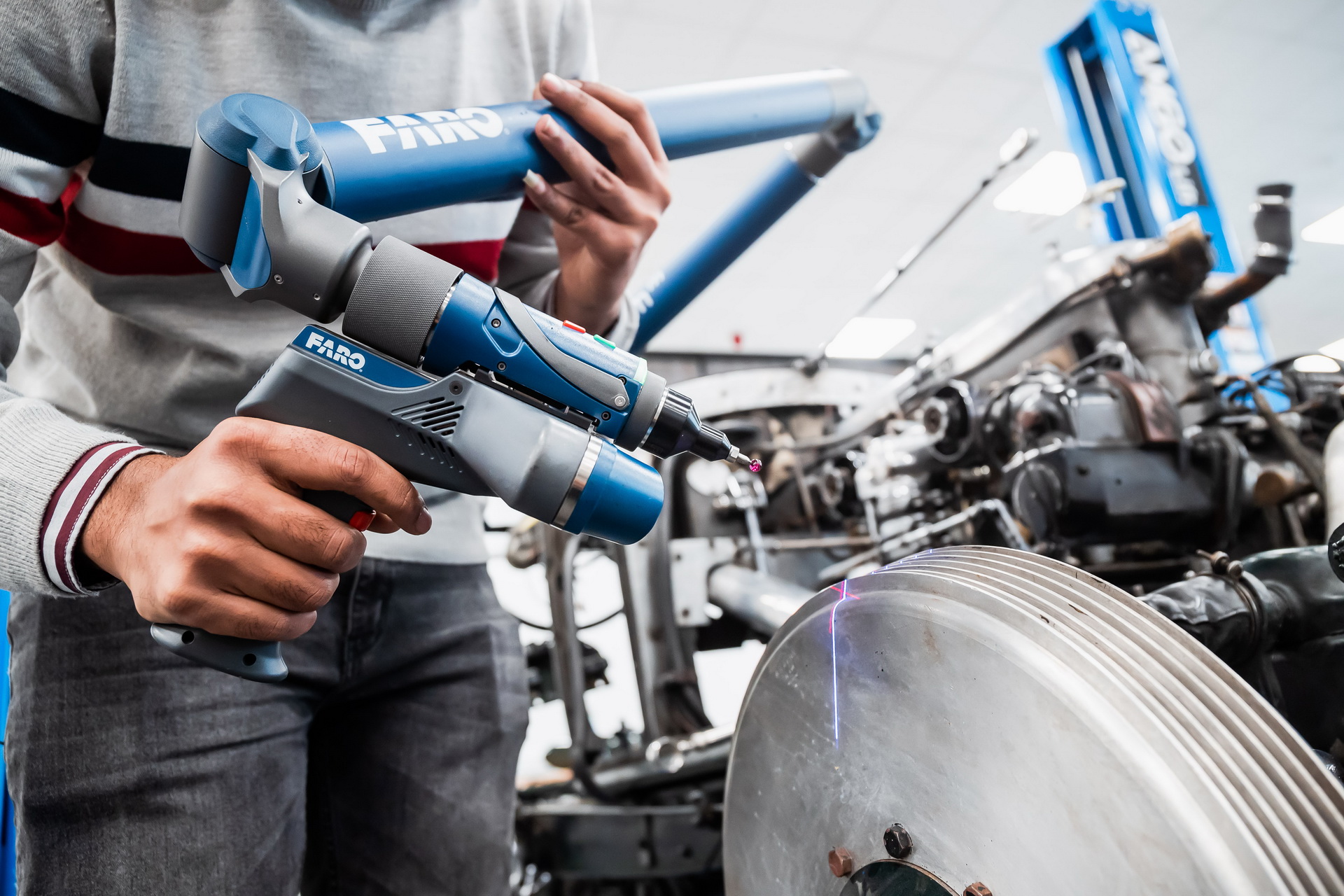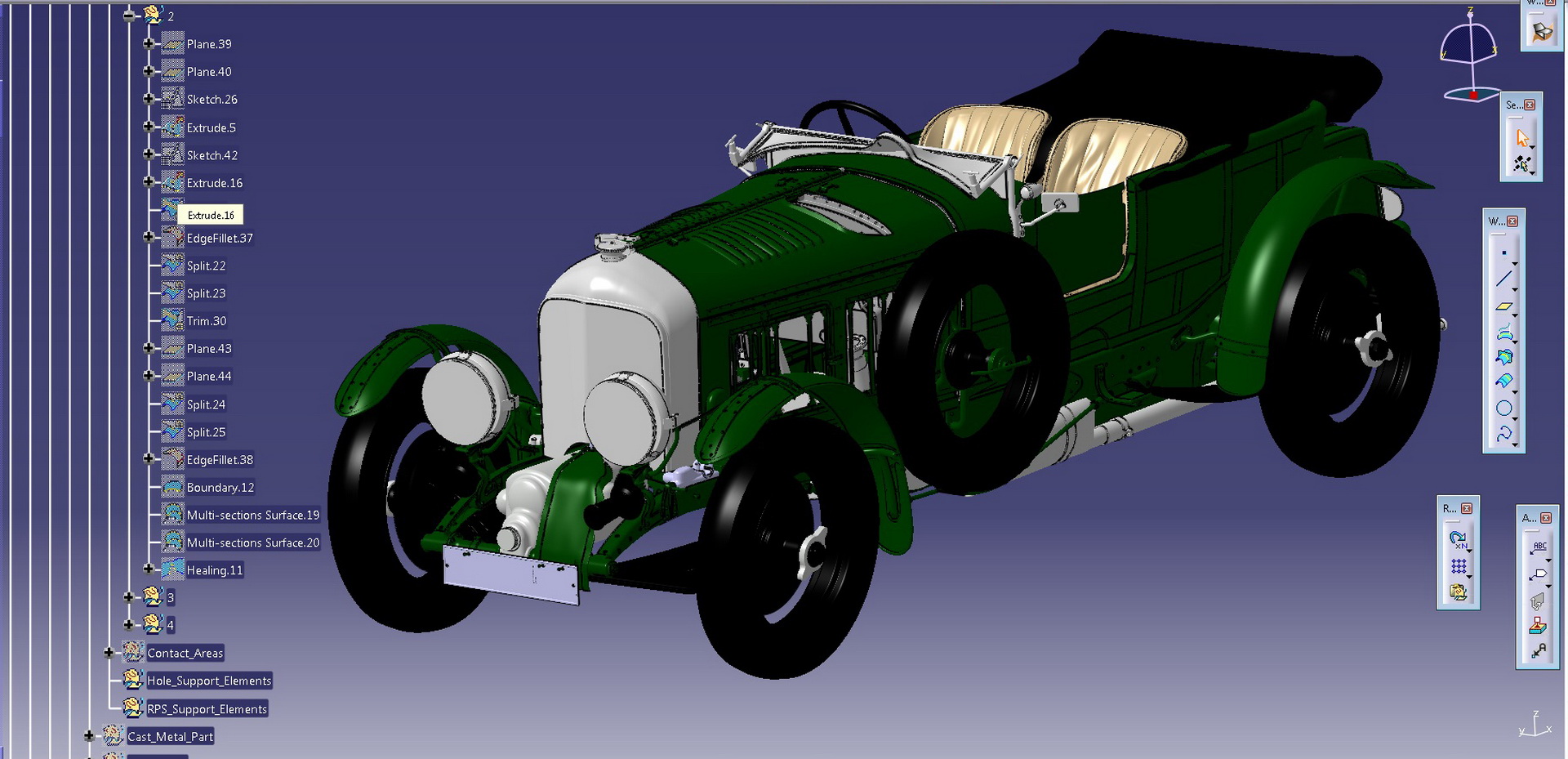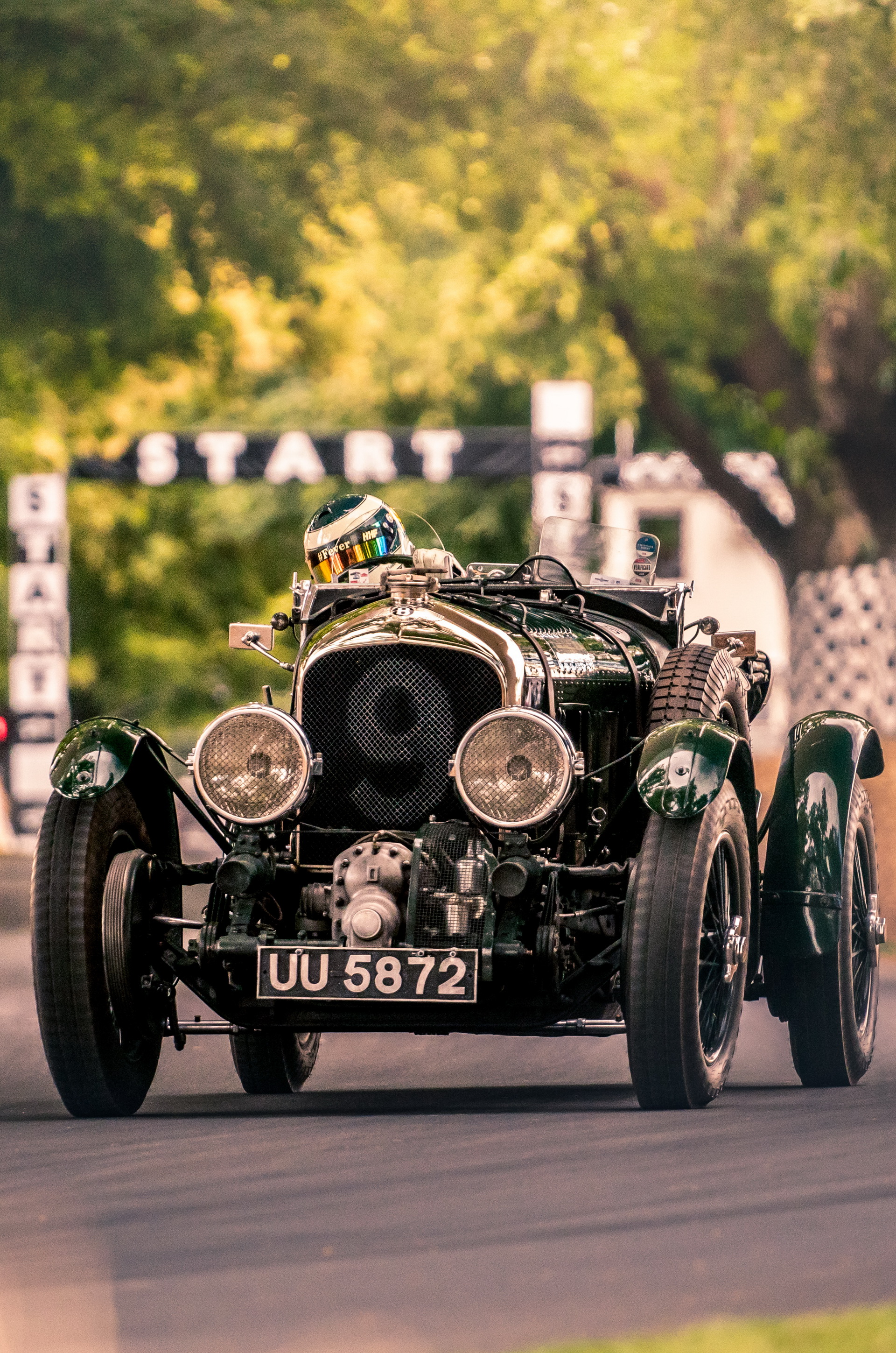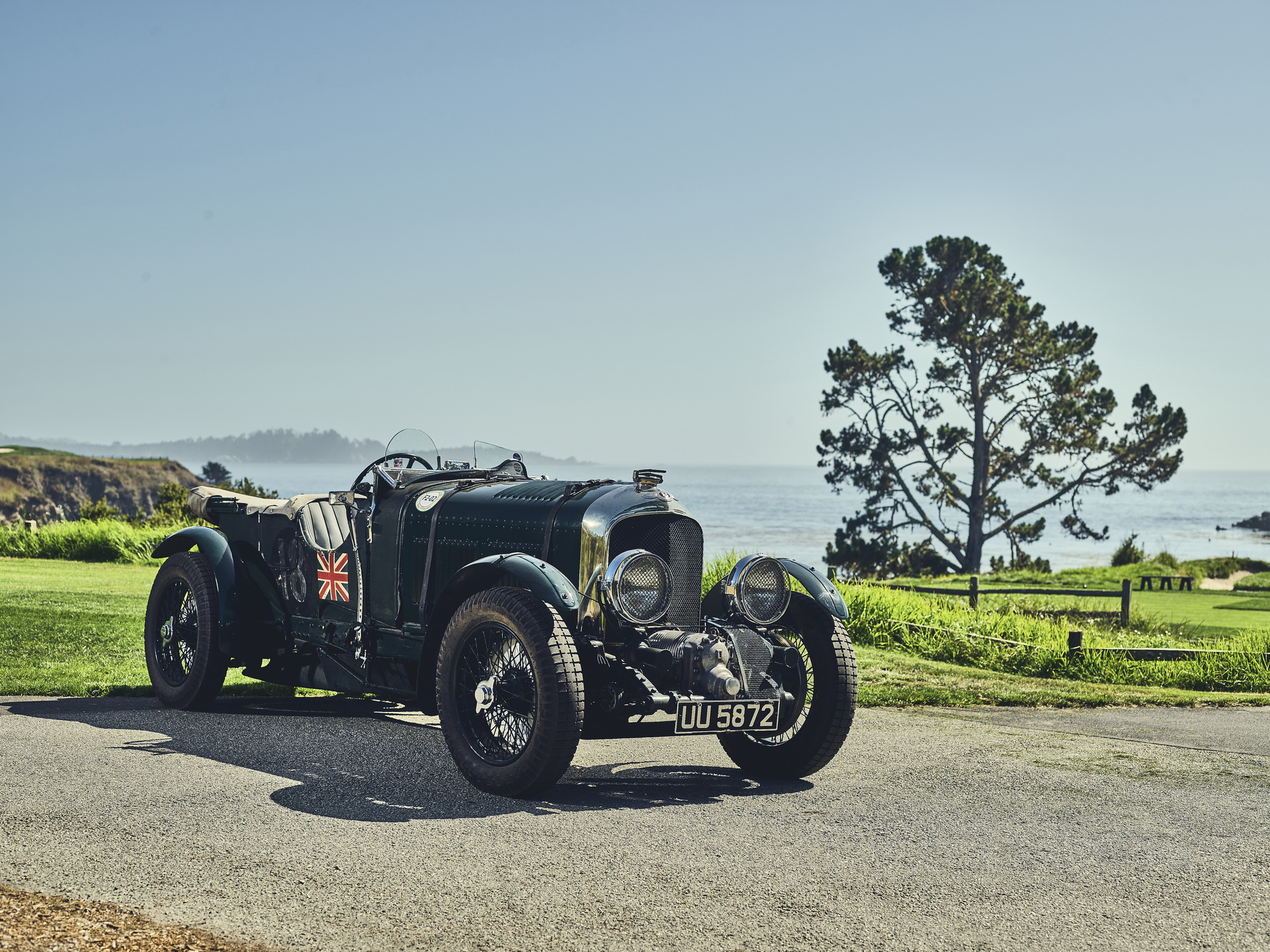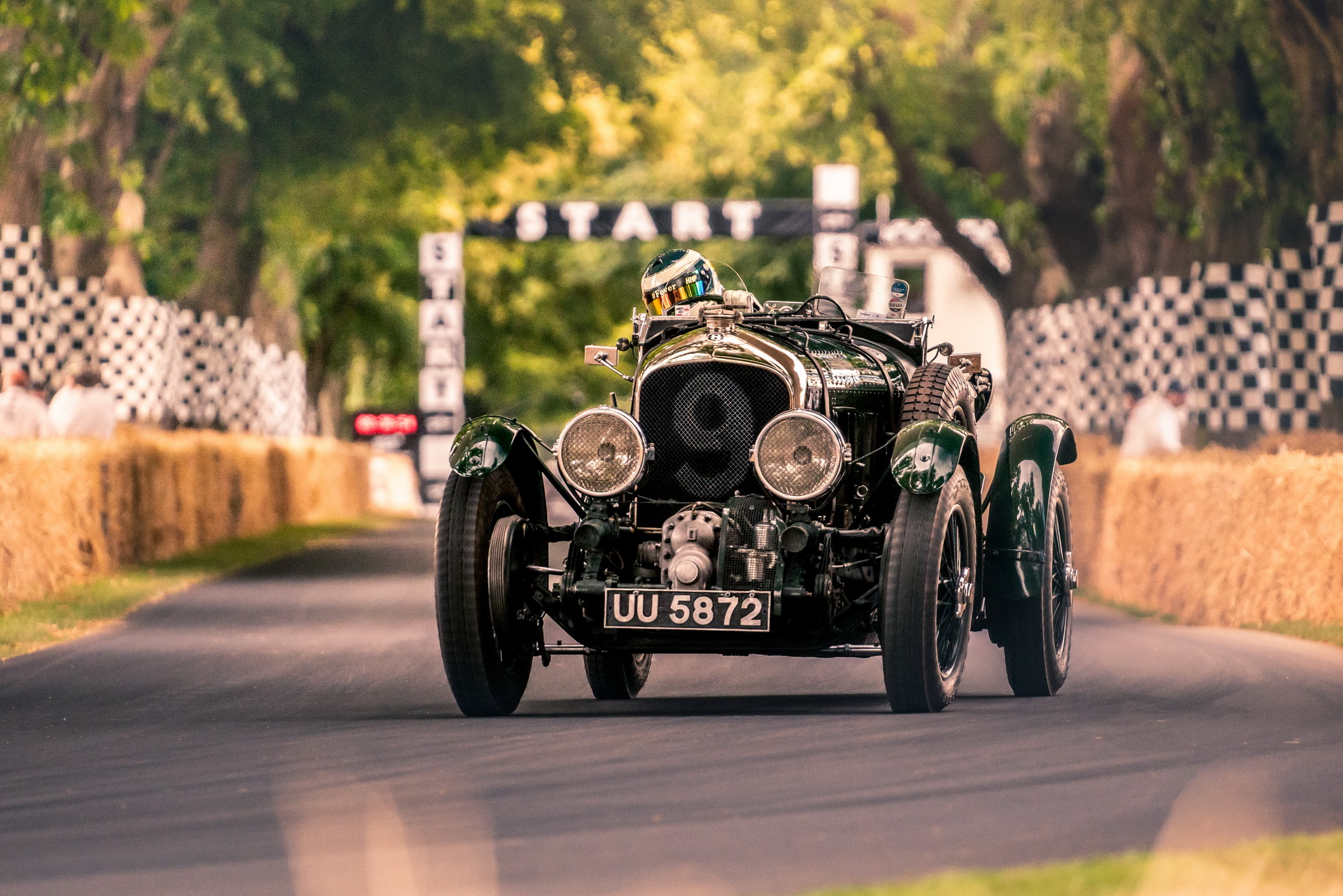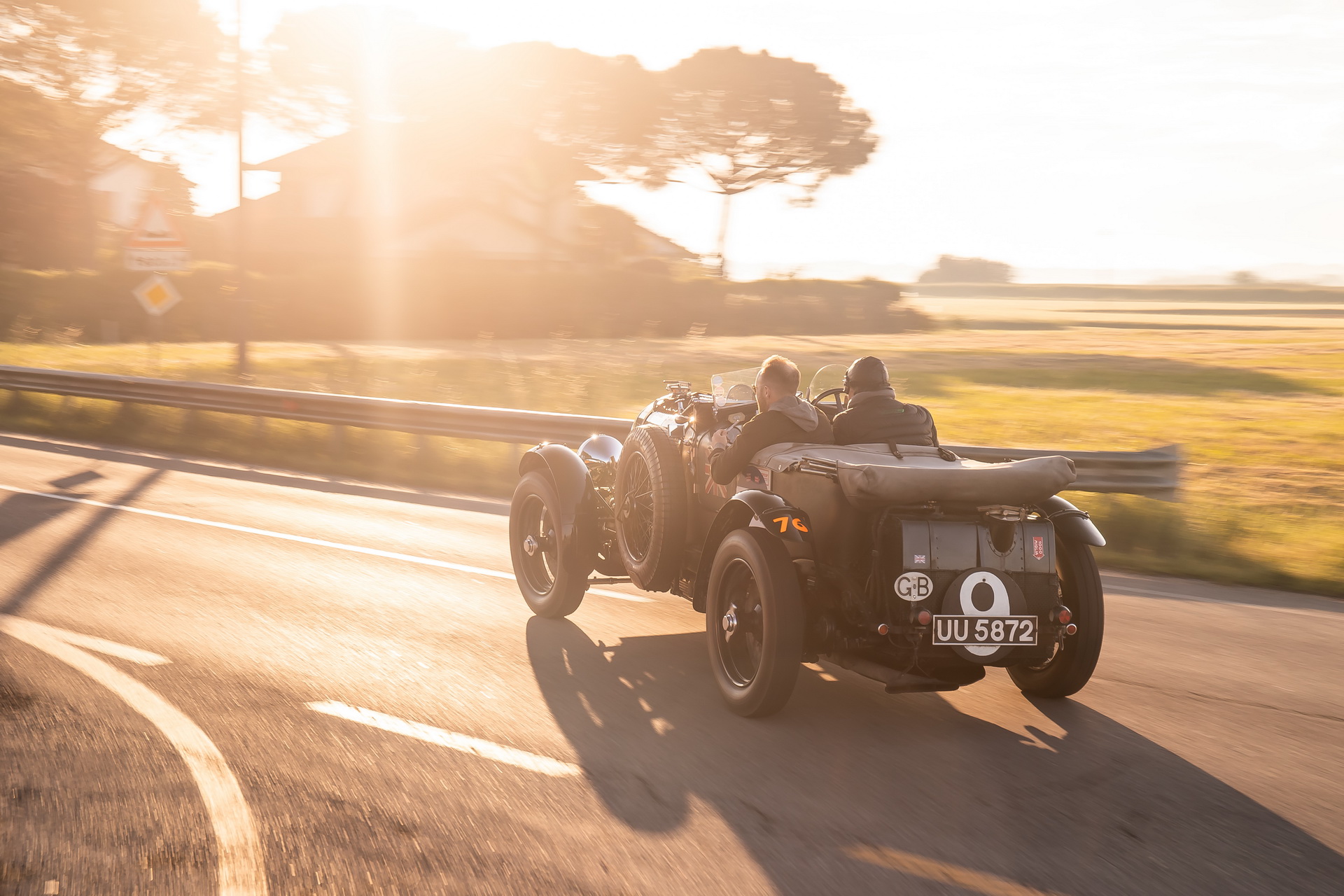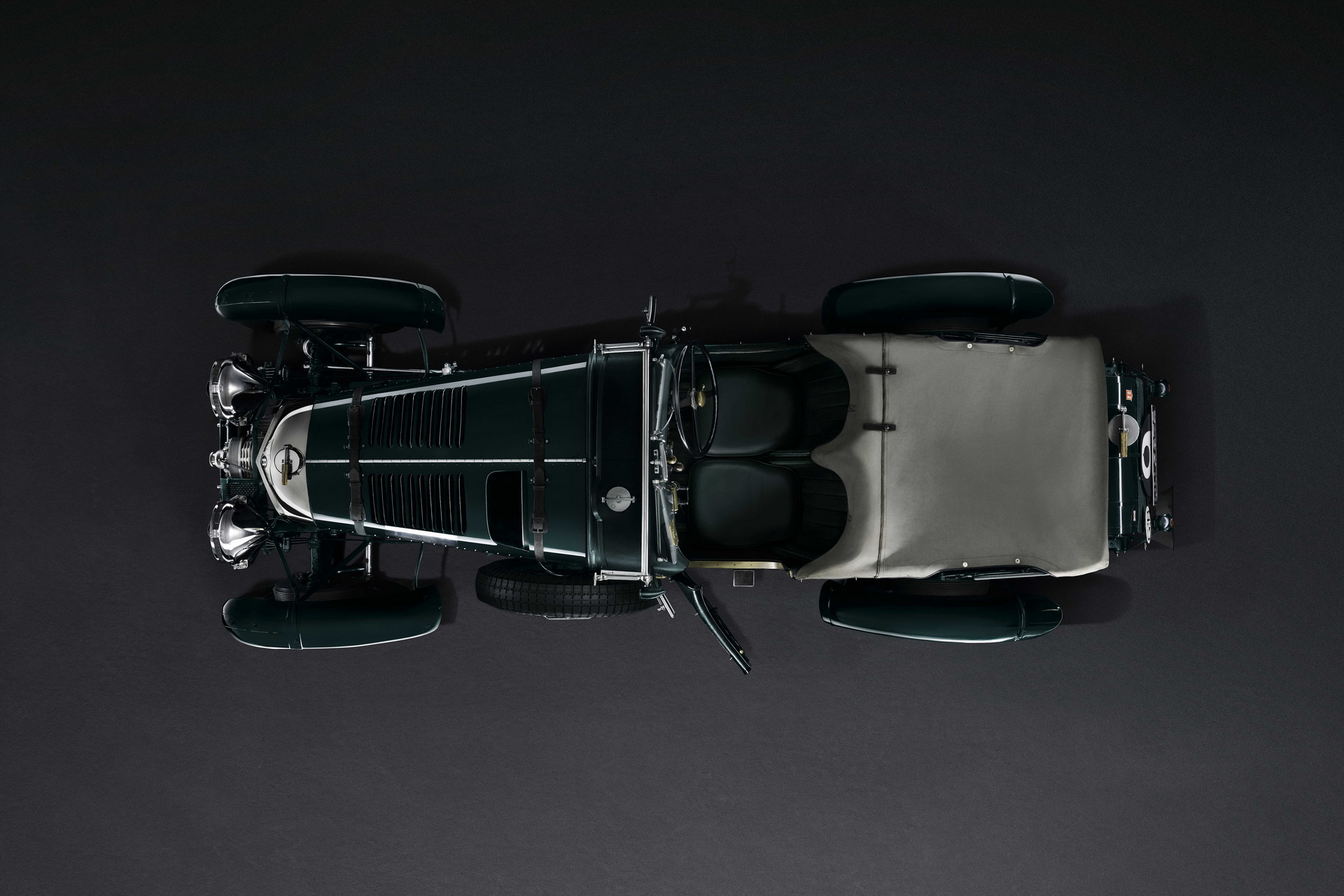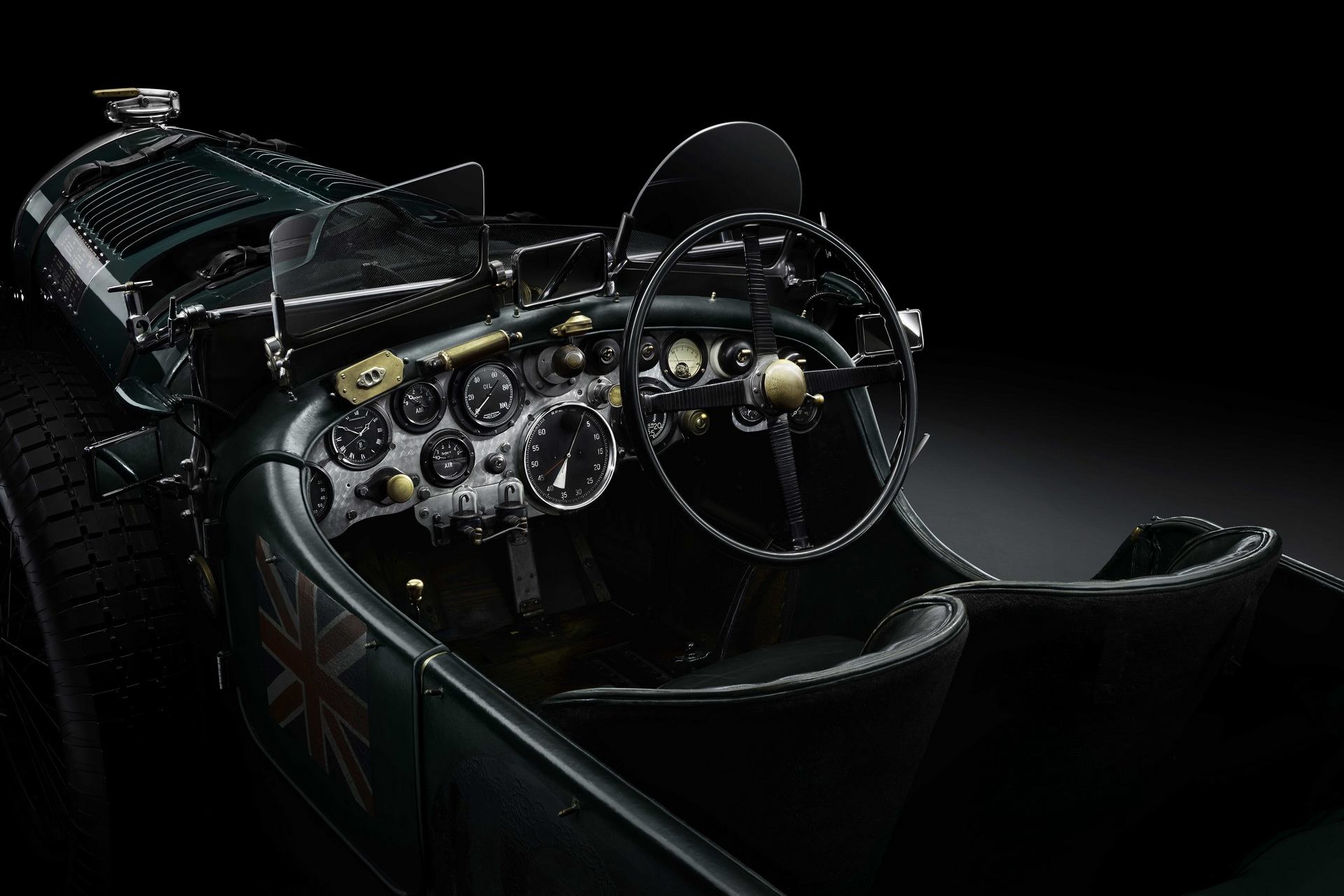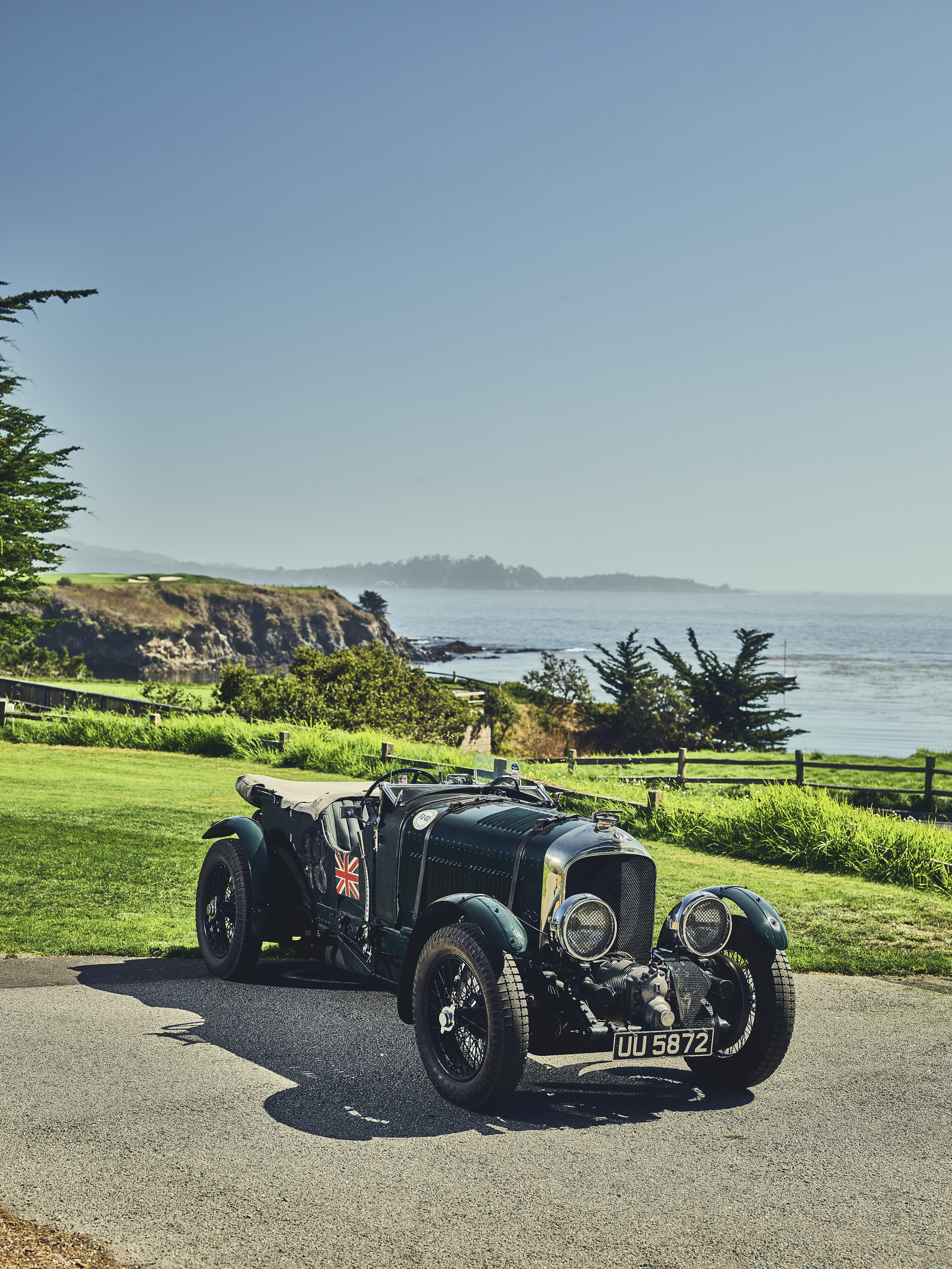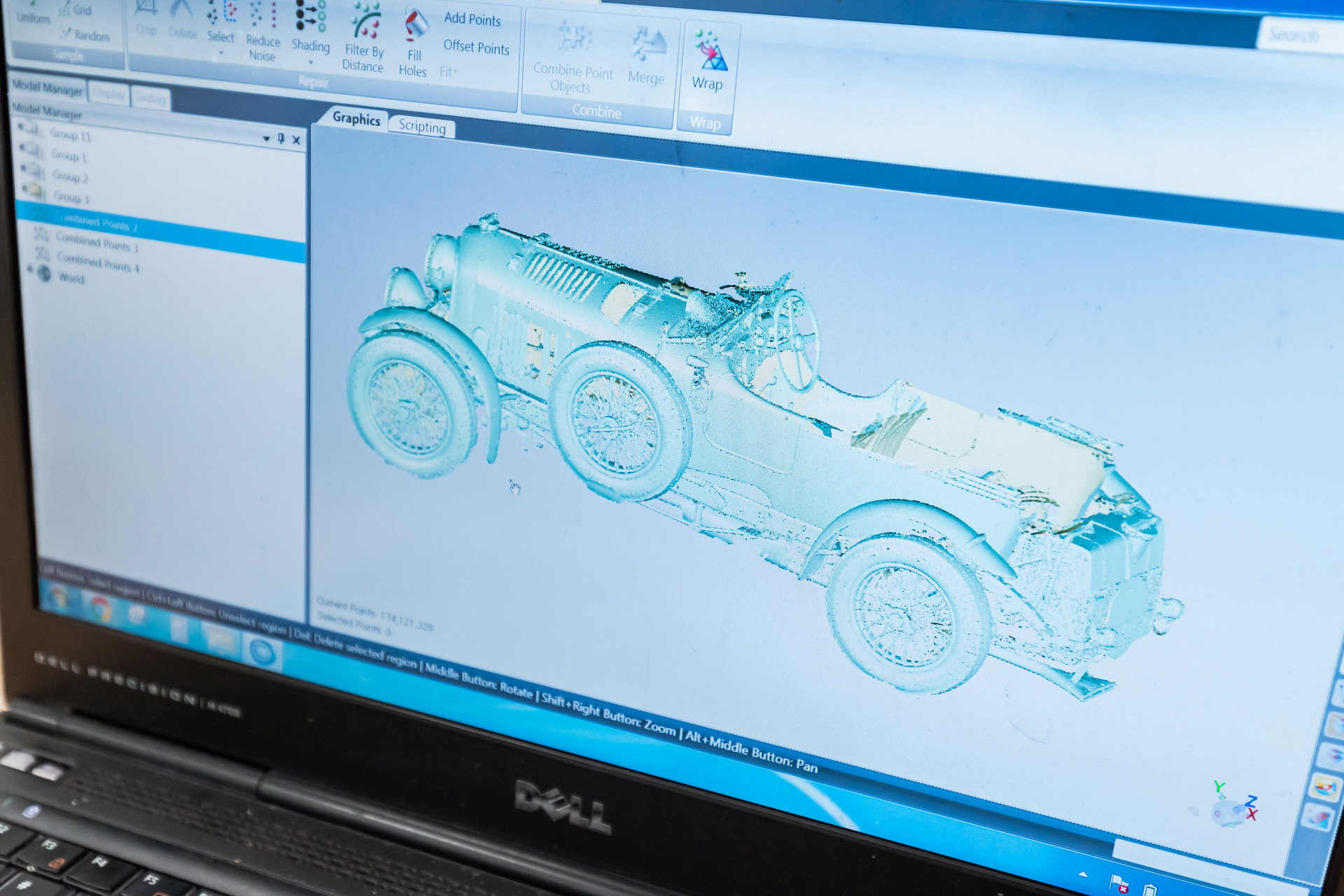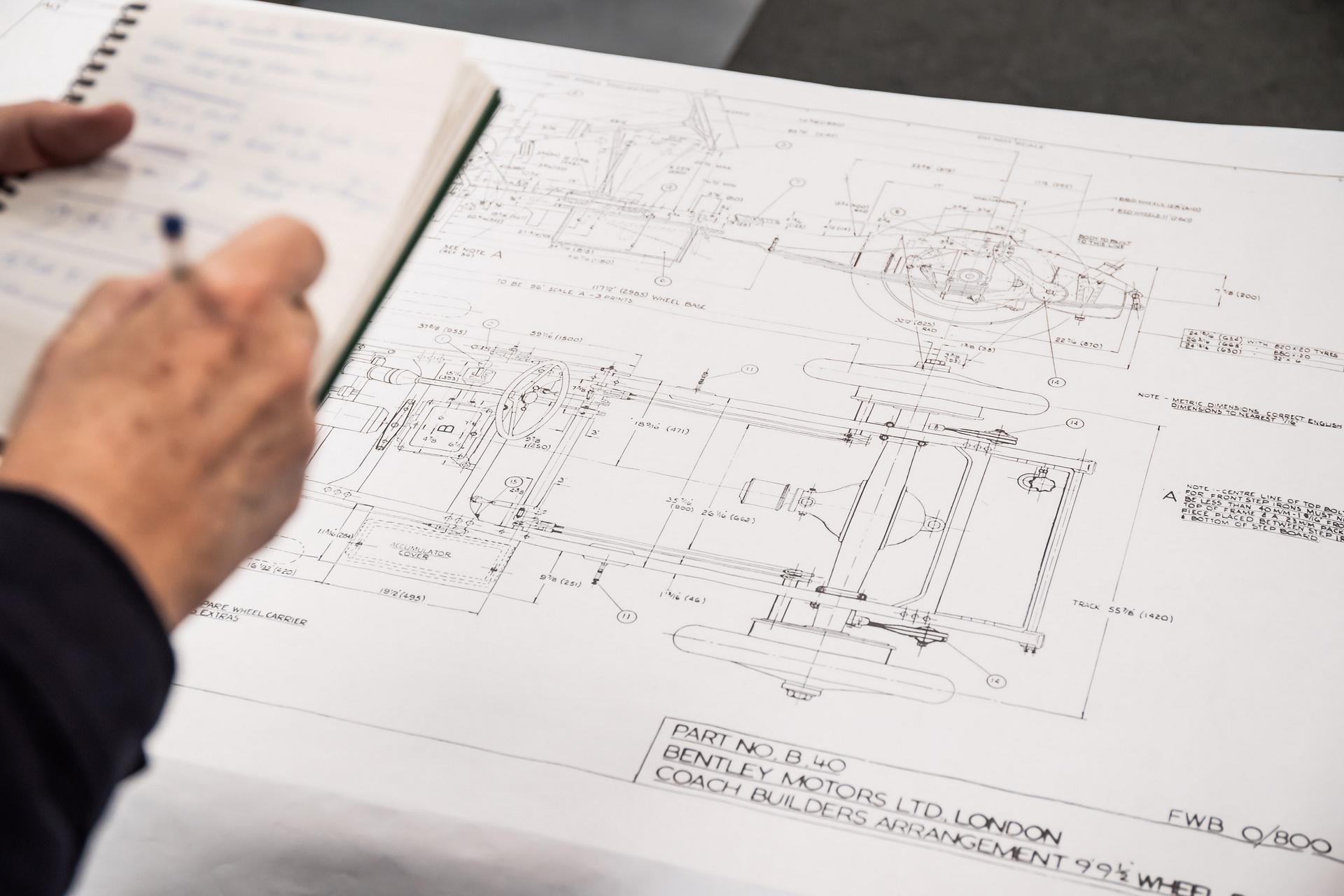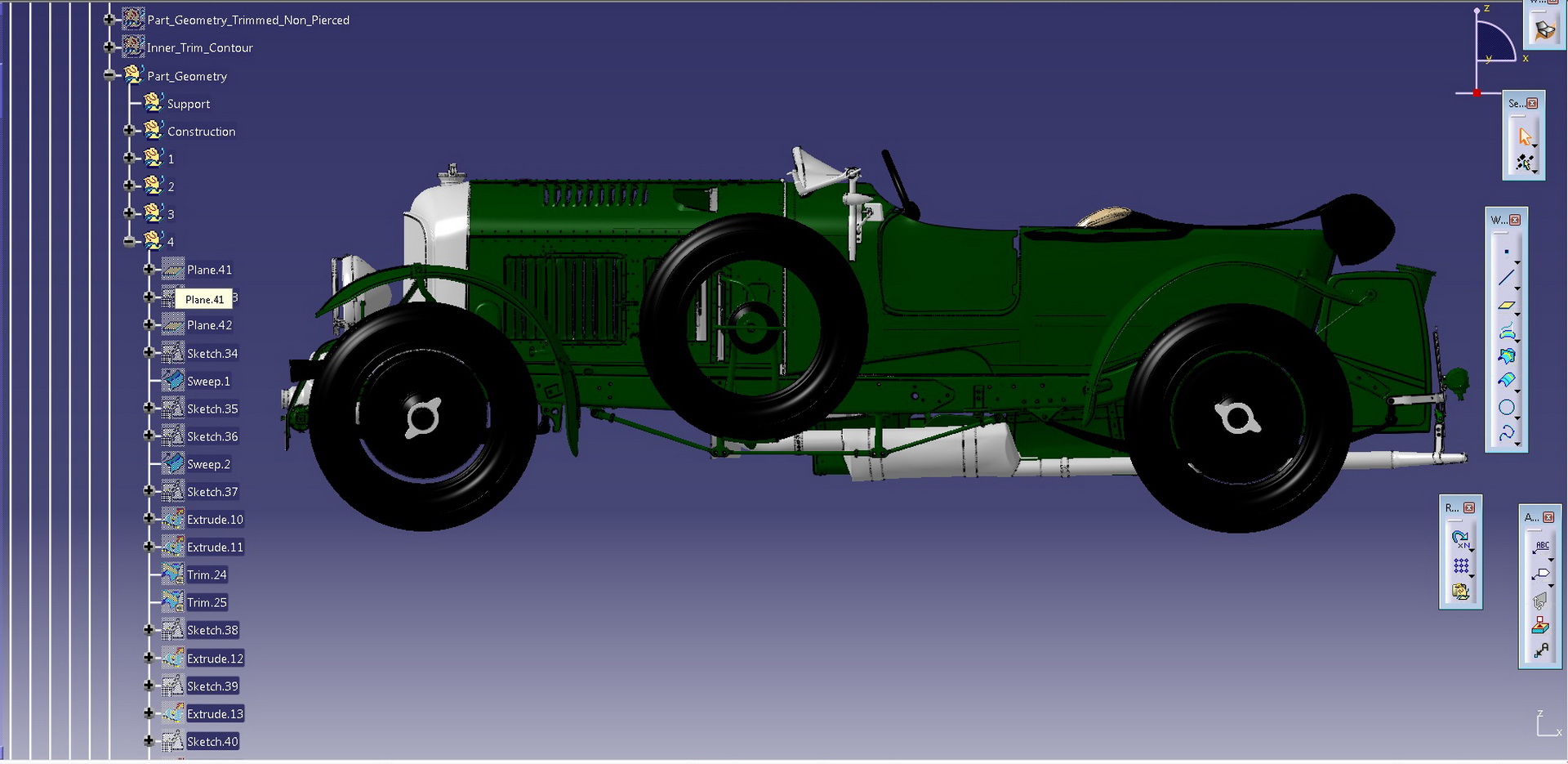Bentley’s engineers have reached an important milestone for the Blower Continuation series, as they have completed a full digital scan of the original Birkin Blower car which will serve as the master design and engineering reference for the new cars.
The new digital model has taken 1200 man-hours for the two CAD engineers responsible for the procedure, who have been working remotely during the COVID-19 pandemic.
The finished and apparently completely accurate CAD model includes 630 components across 70 assemblies, scanned from the original 1929 Team Blower that was raced by Sir Tim Birkin using laser-scanning and precision measurement.
Read More: Pre-War Bentley Blower Is Being Reborn In A Limited Production Run
Bentley plans to build a Continuation series of 12 new Bentley Blowers, with each one being an exact mechanical copy of the original. All of them have already been sold to collectors around the world while Bentley will soon begin the construction of their own engineering prototype, known internally as Car Zero.
Apart from helping Bentley’s dedicated team with the development of the various parts and pieces for the new Blowers, the CAD model will also assist the design team in creating accurate renders for when the time comes for the lucky customers to spec their Blower Continuation models.
Owners will be able to choose their own exterior and interior colors and materials, making the 12 “new” Blowers visually distinctive from their famous predecessor.
Bentley built only four ‘Team Blowers’ for racing in the late 1920s, with all of them raced in events across Europe. The most famous of the lot is Birkin’s own Team Car No.2, which belongs to Bentley these days and served as the master example for the Continuation Series.
Bentley is currently in the process of creating 12 sets of parts using the original 1920s molds and tooling jigs, together with a range of traditional hand tools and the modern manufacturing technology, before Mulliner’s technicians begin the assembly of the new cars.
The original Birkin Blower will be reassembled as well, with the team giving it a detailed inspection and a “sympathetic” restoration to return it to its original 1929 specification. The 90-year-old car is still used regularly on the road, including events like the 2019 Mille Miglia and many hill runs at the Goodwood Festival of Speed.
Each of the new Continuation cars will be powered by a four-cylinder 4.4-liter 16-valve engine that features an aluminum crankcase with cast iron cylinder liners and a non-detachable cast-iron cylinder head. The supercharger will be an exact replica of the original Amherst Villiers MK IV roots-type unit of the original, pushing power to 240 HP at 4,200 rpm.




